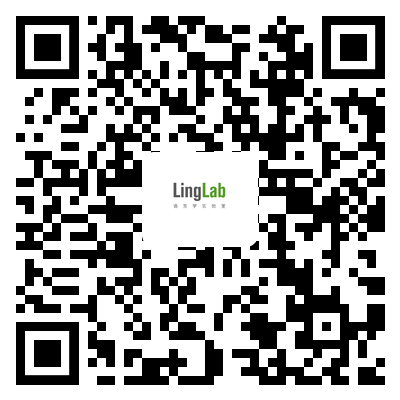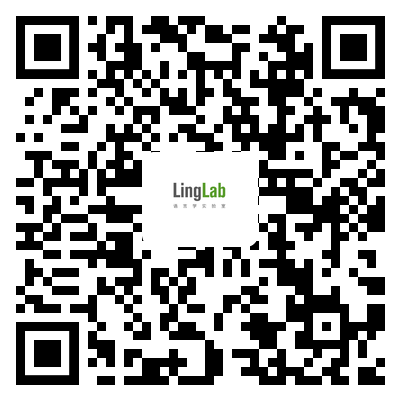1418 阅读 6 下载 2021-08-19 15:31:45 上传 1012.76 KB
The first six chapters that follow are from the late 1960s, mostly based on talks
for general university audiences, hence relatively informal. The final chapter is
from 2004, based on a talk for a general audience. This recent essay reviews
the “biolinguistic approach” that has guided this work from its origins half a
century ago, some of the important developments of recent decades, and how
the general approach looks today – to me at least.
The dominant approach to questions of language and mind in the 1950s was
that of the behavioral sciences. As the term indicates, the object of inquiry was
taken to be behavior, or, for linguistics, the products of behavior: perhaps a
corpus obtained from informants by the elicitation techniques taught in field
methods courses. Linguistic theory consisted of procedures of analysis, primarily
segmentation and classification, designed to organize a body of linguistic
material, guided by limited assumptions about structural properties and their
arrangement. The prominent linguist Martin Joos hardly exaggerated in a 1955
exposition when he identified the “decisive direction” of contemporary structural
linguistics as the decision that language can be “described without any
preexistent scheme of what a language must be.”1 Prevailing approaches in
the behavioral sciences generally were not very different. Of course, no one
accepted the incoherent notion of a “blank slate.” But it was common to suppose
that beyond some initial delimitation of properties detected in the environment
(a “quality space,” in the framework of the highly influential philosopher
W. V. O. Quine), general learning mechanisms of some kind should suffice to
account for what organisms, including humans, know and do. Genetic endowment
in these domains would not be expected to reach much beyond something
like that.













